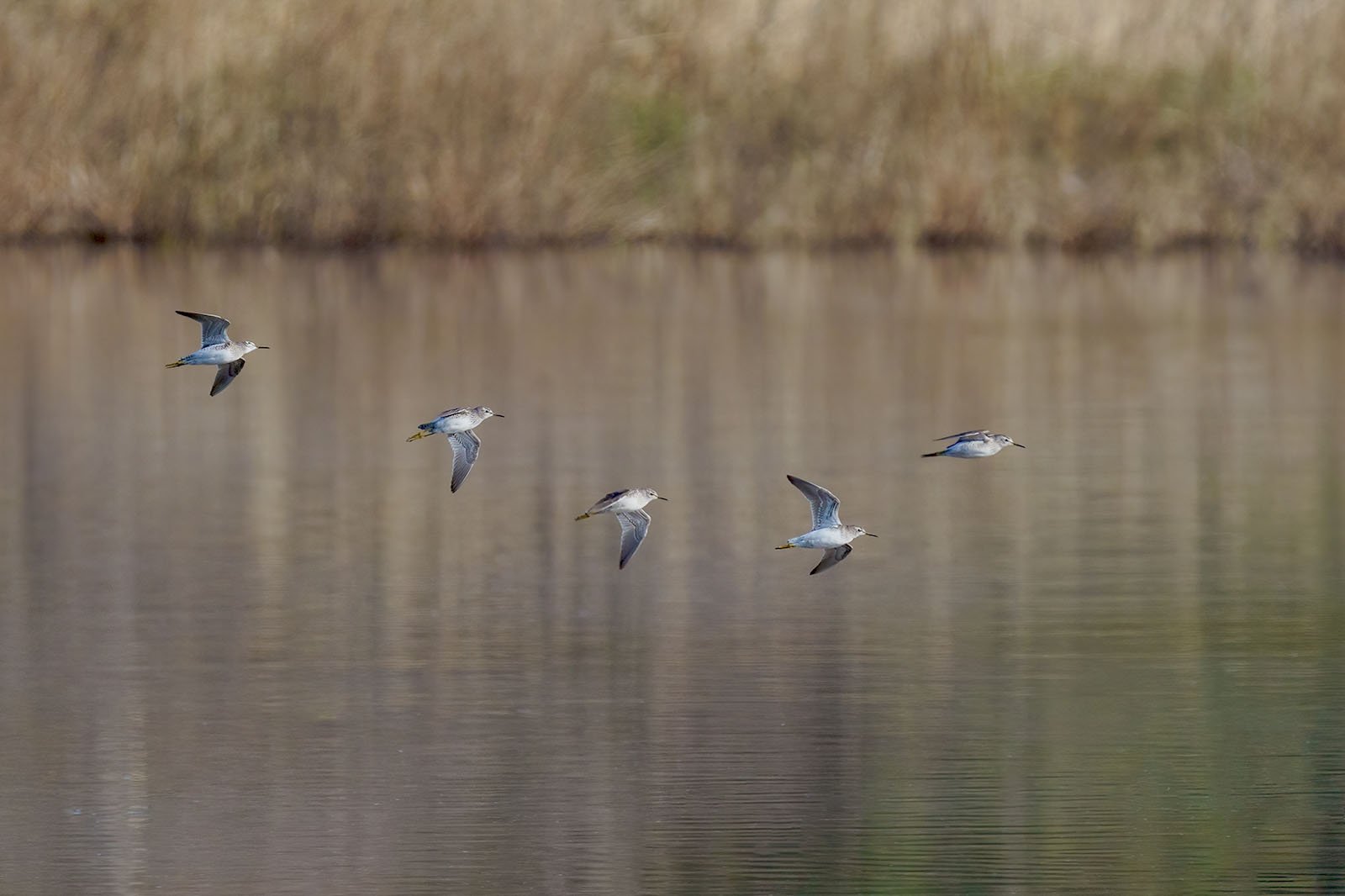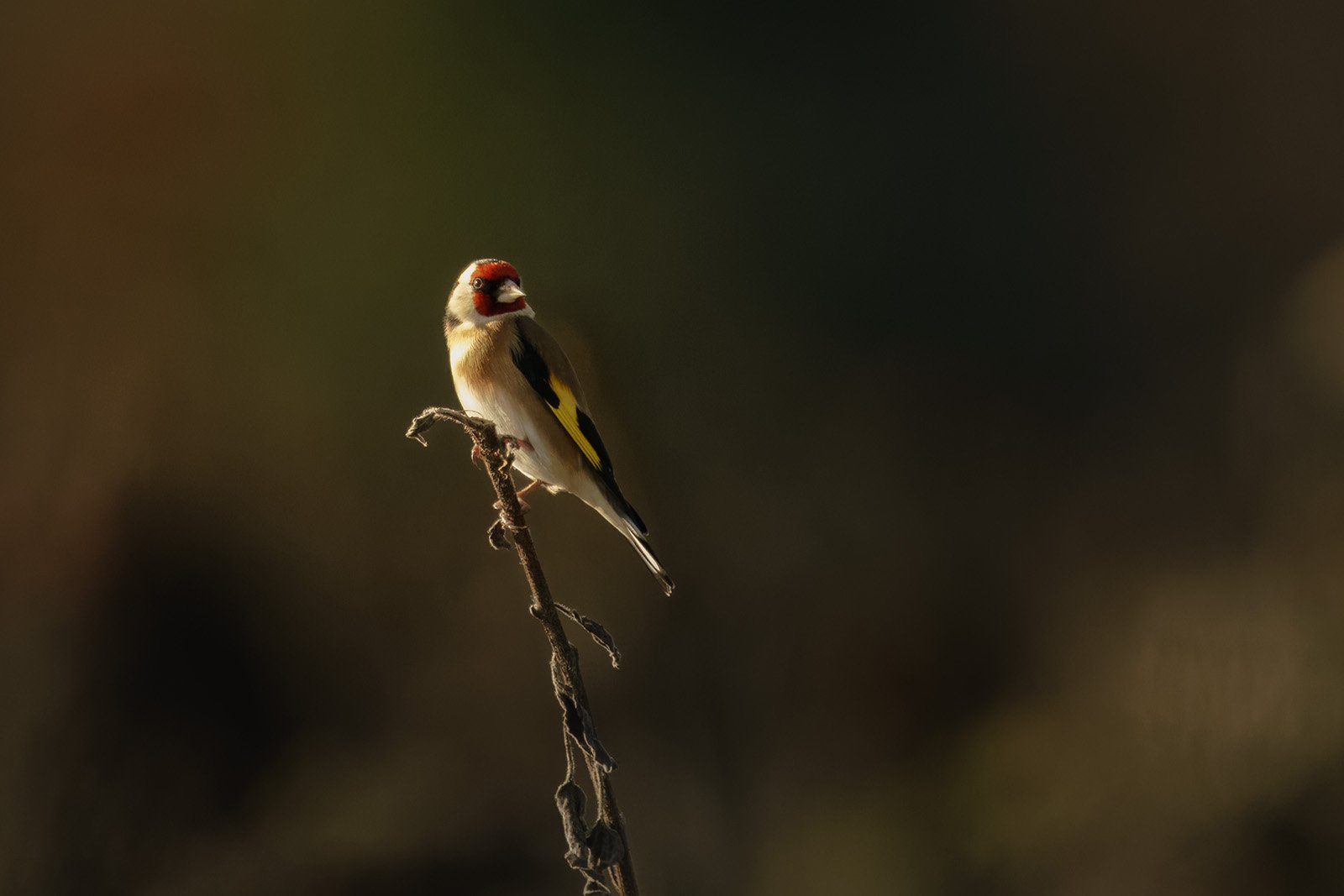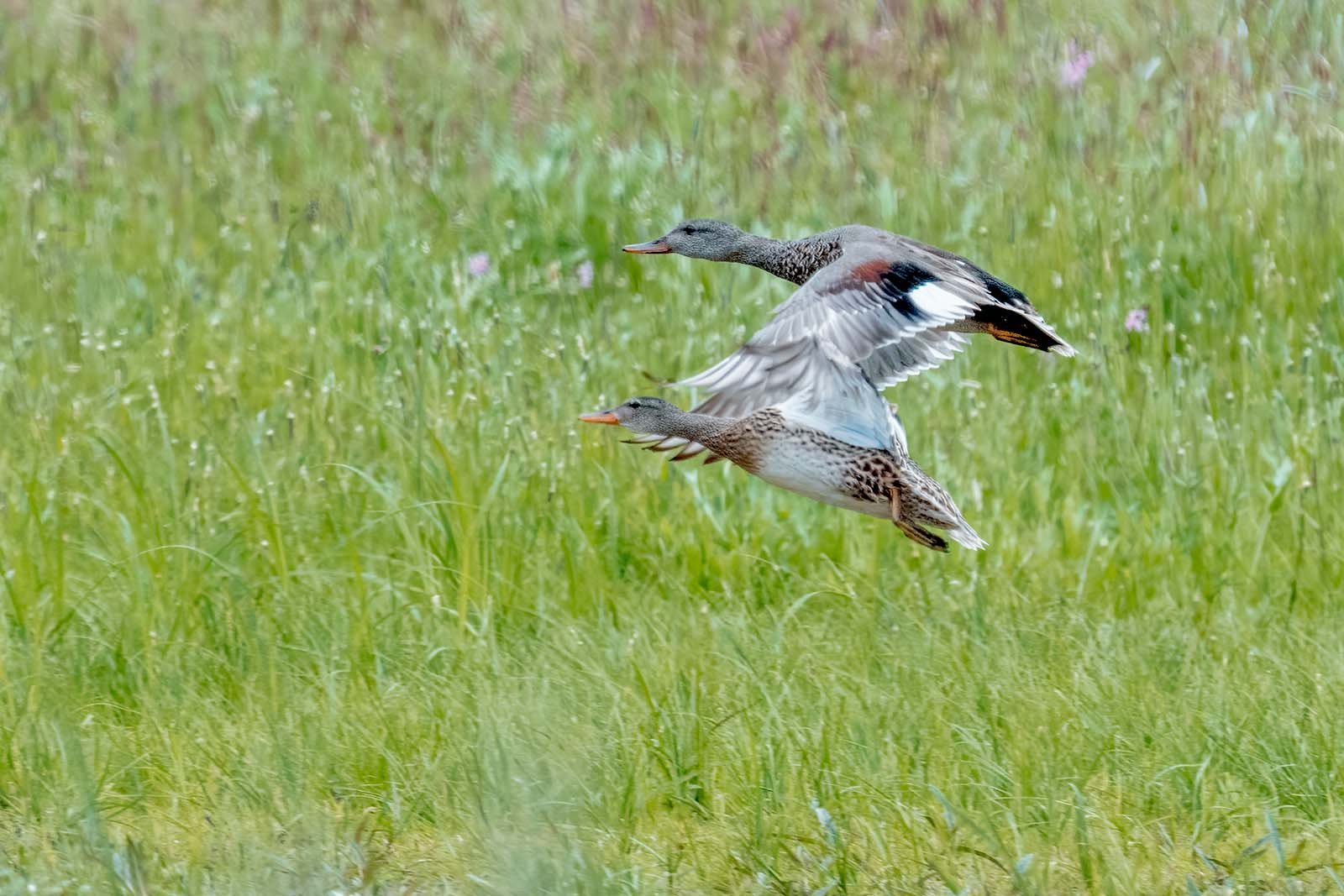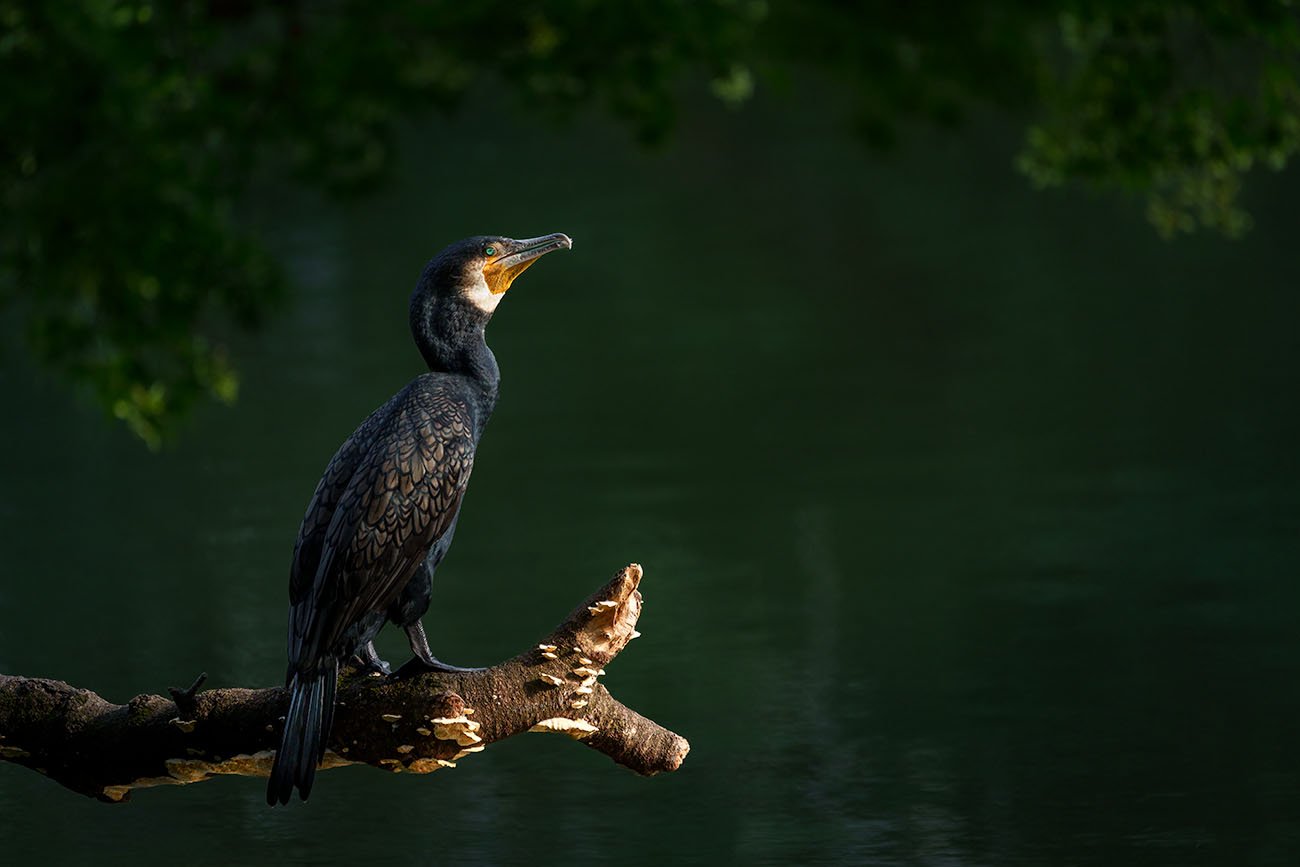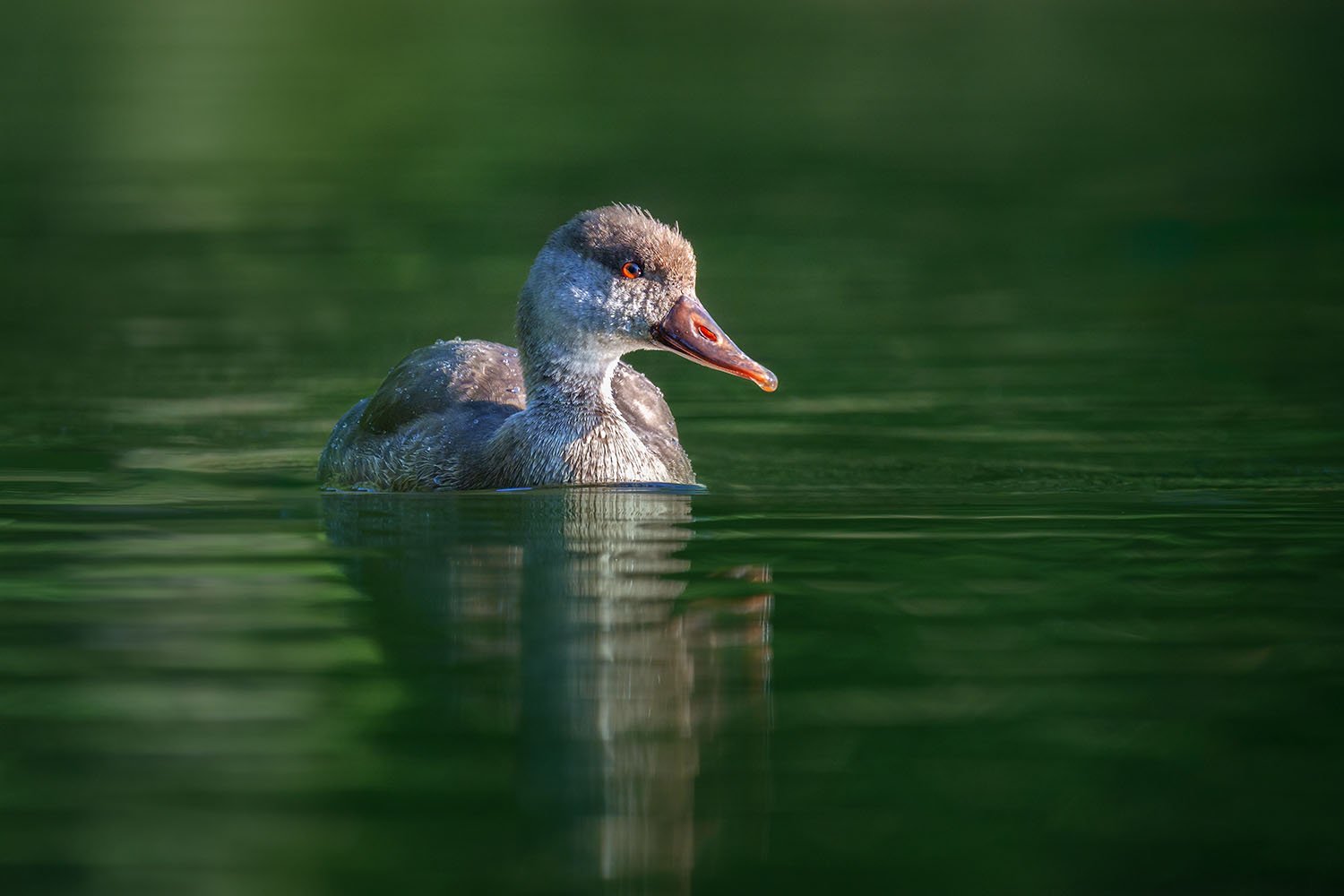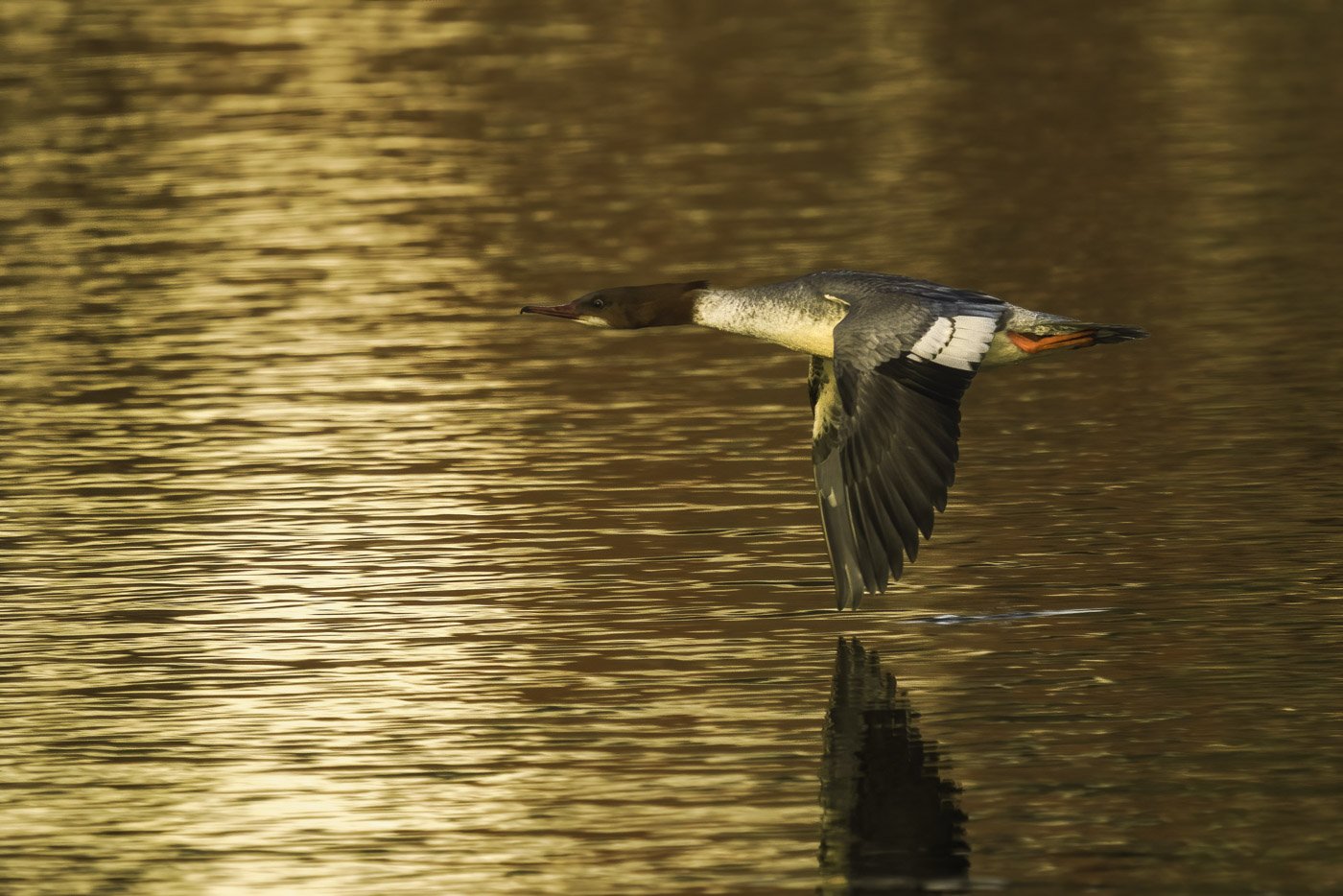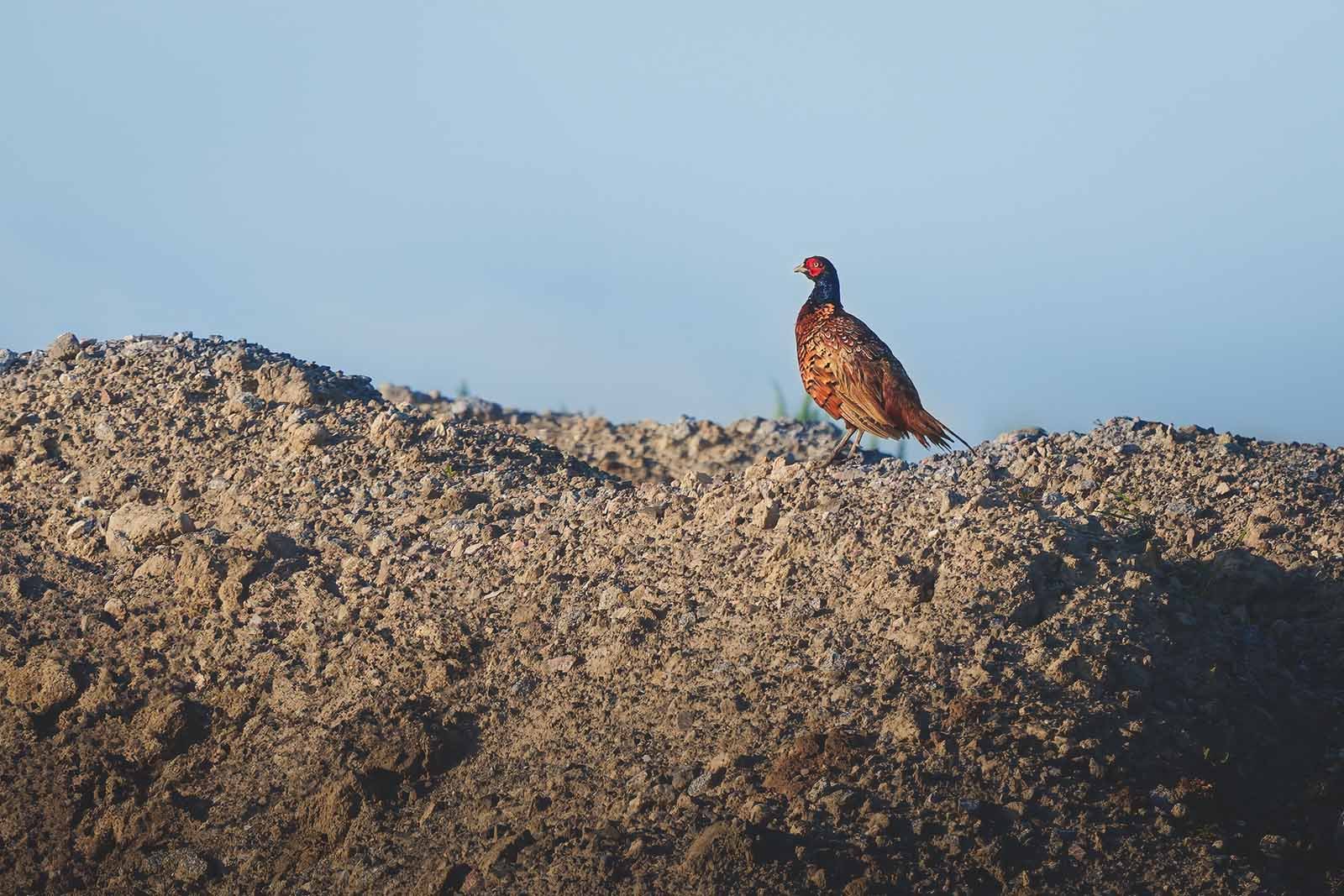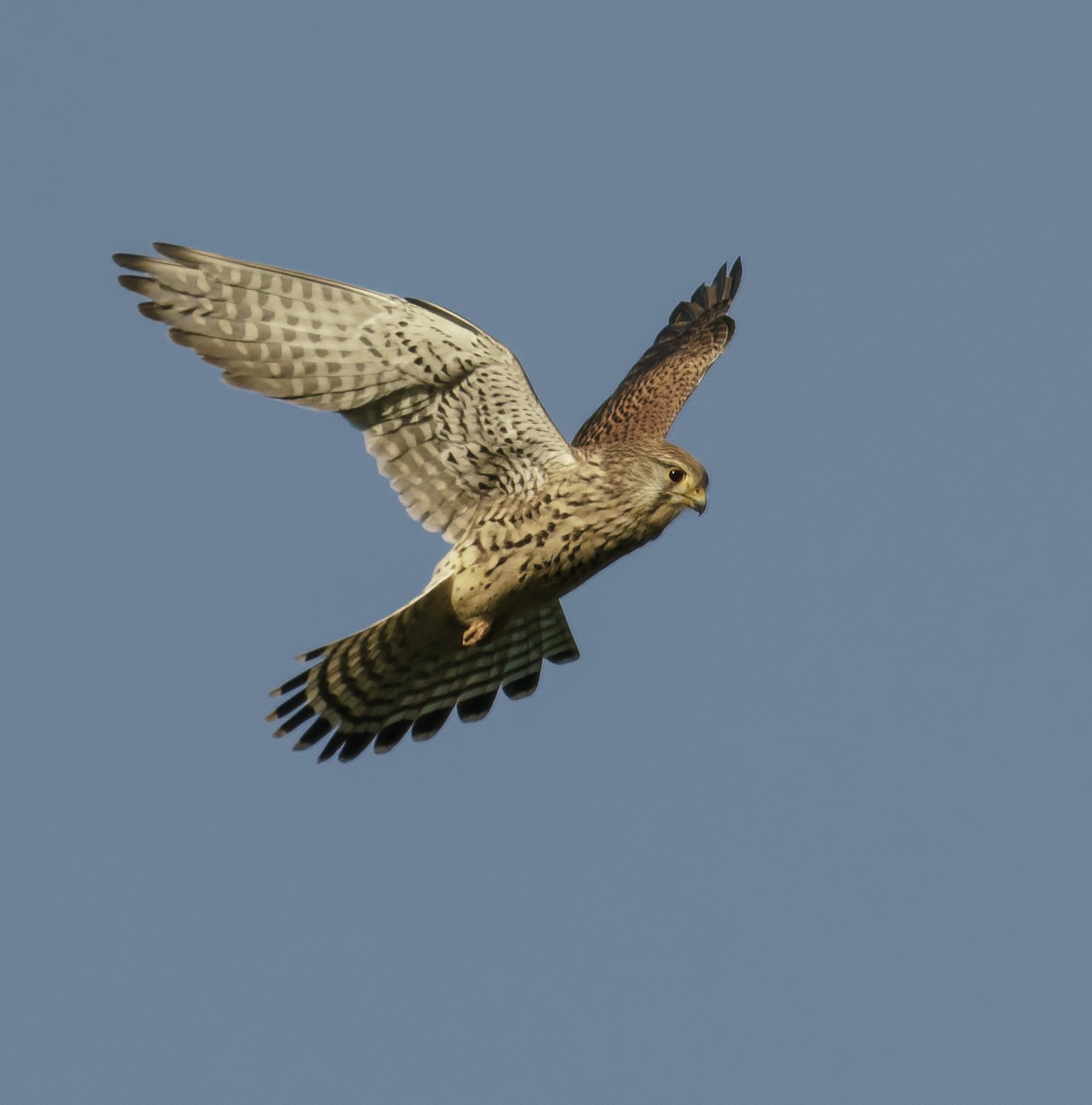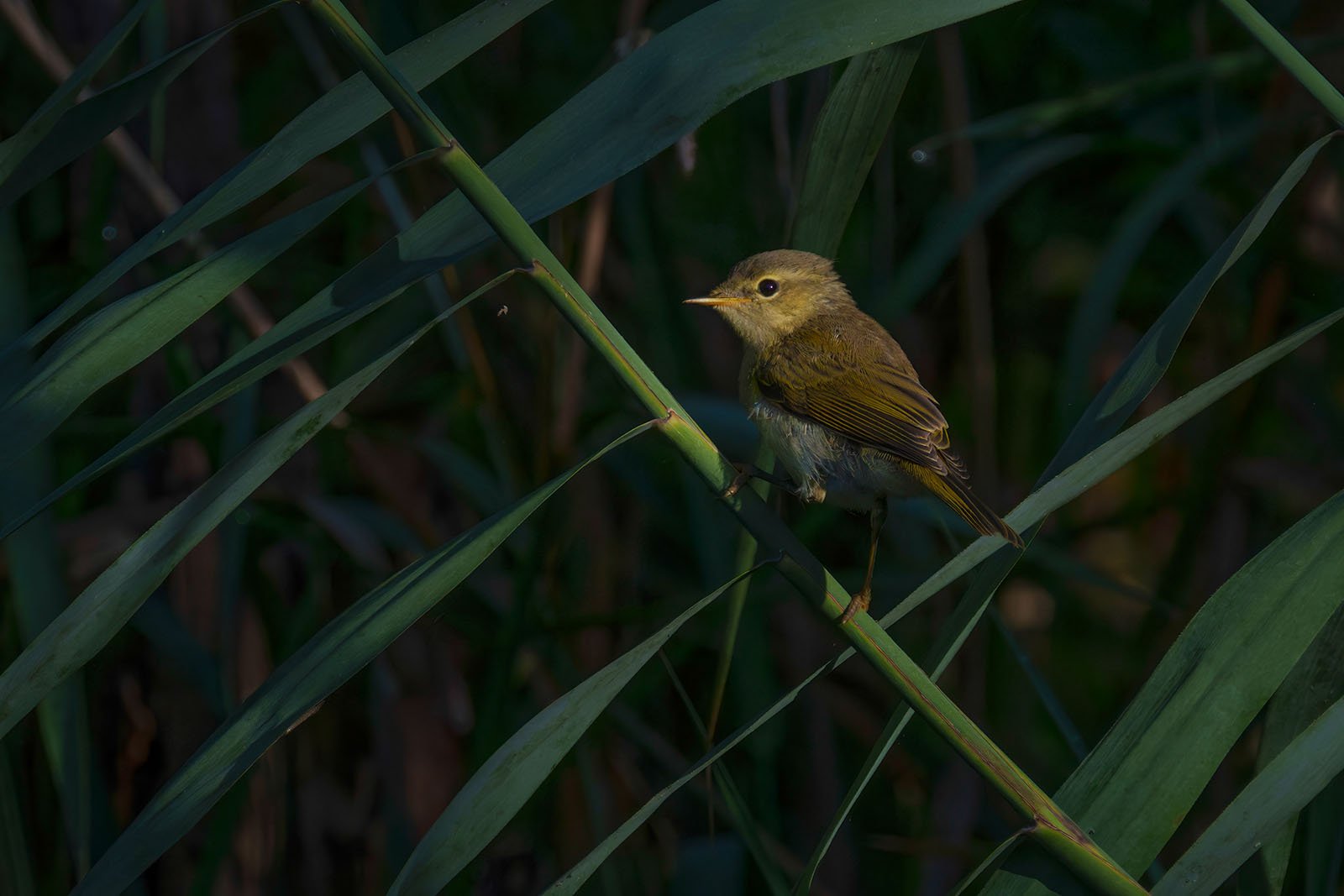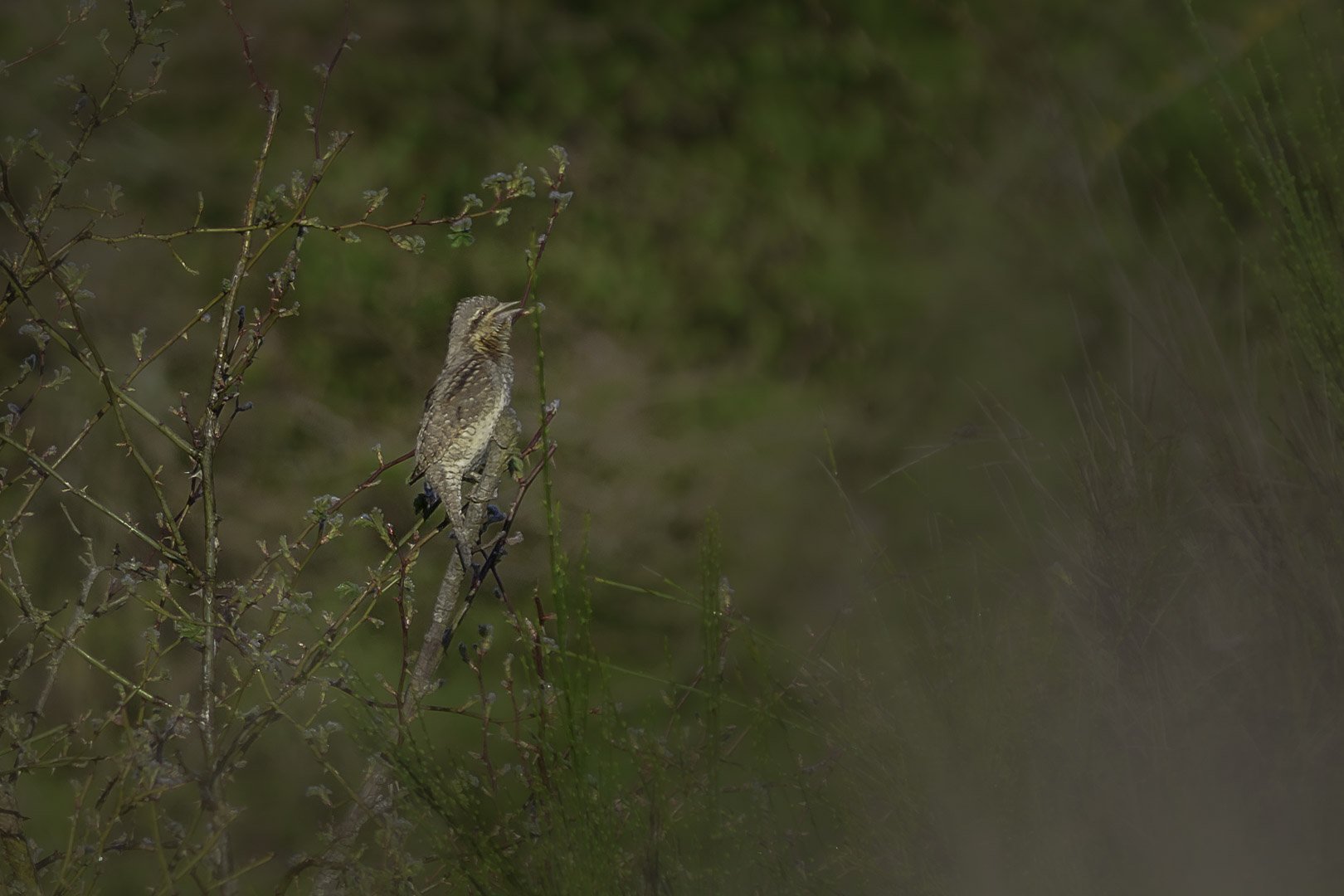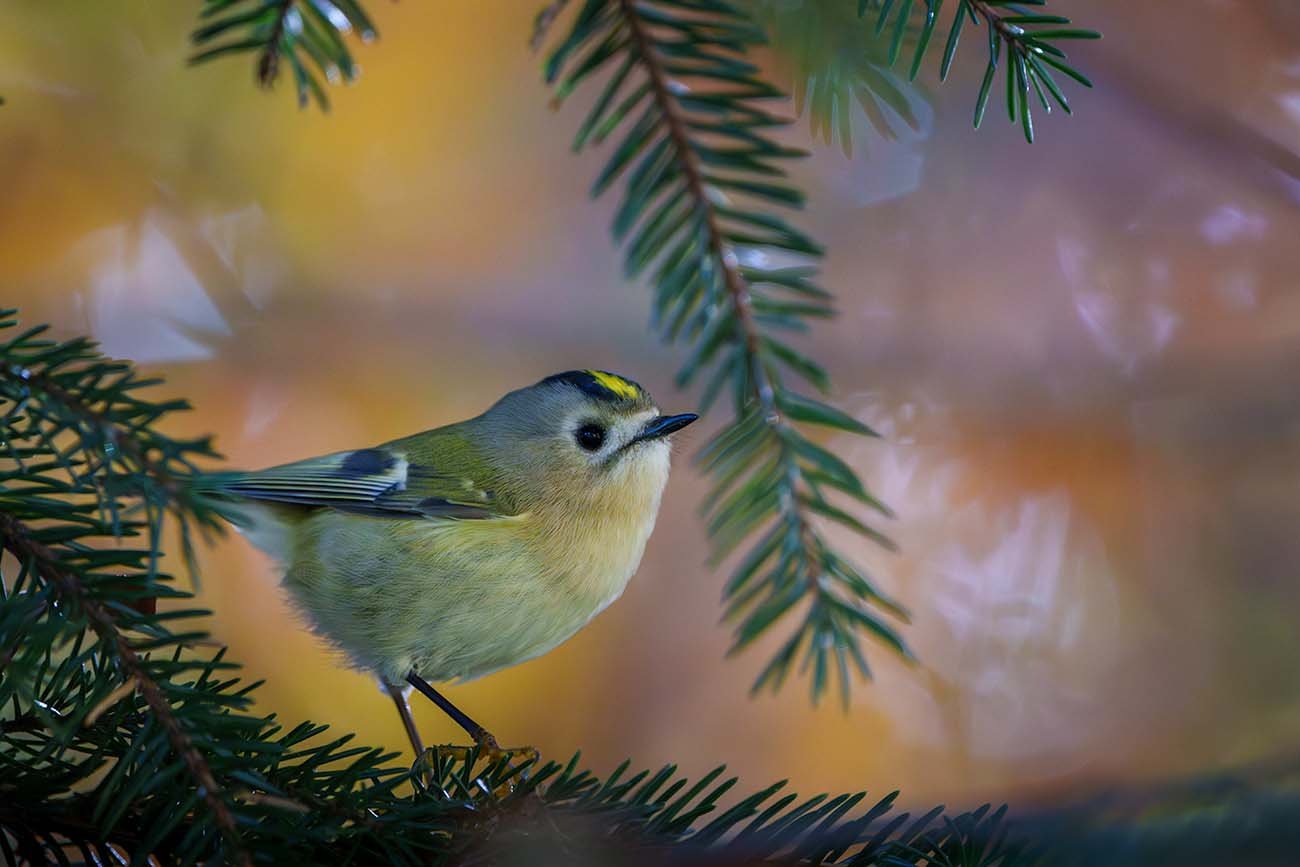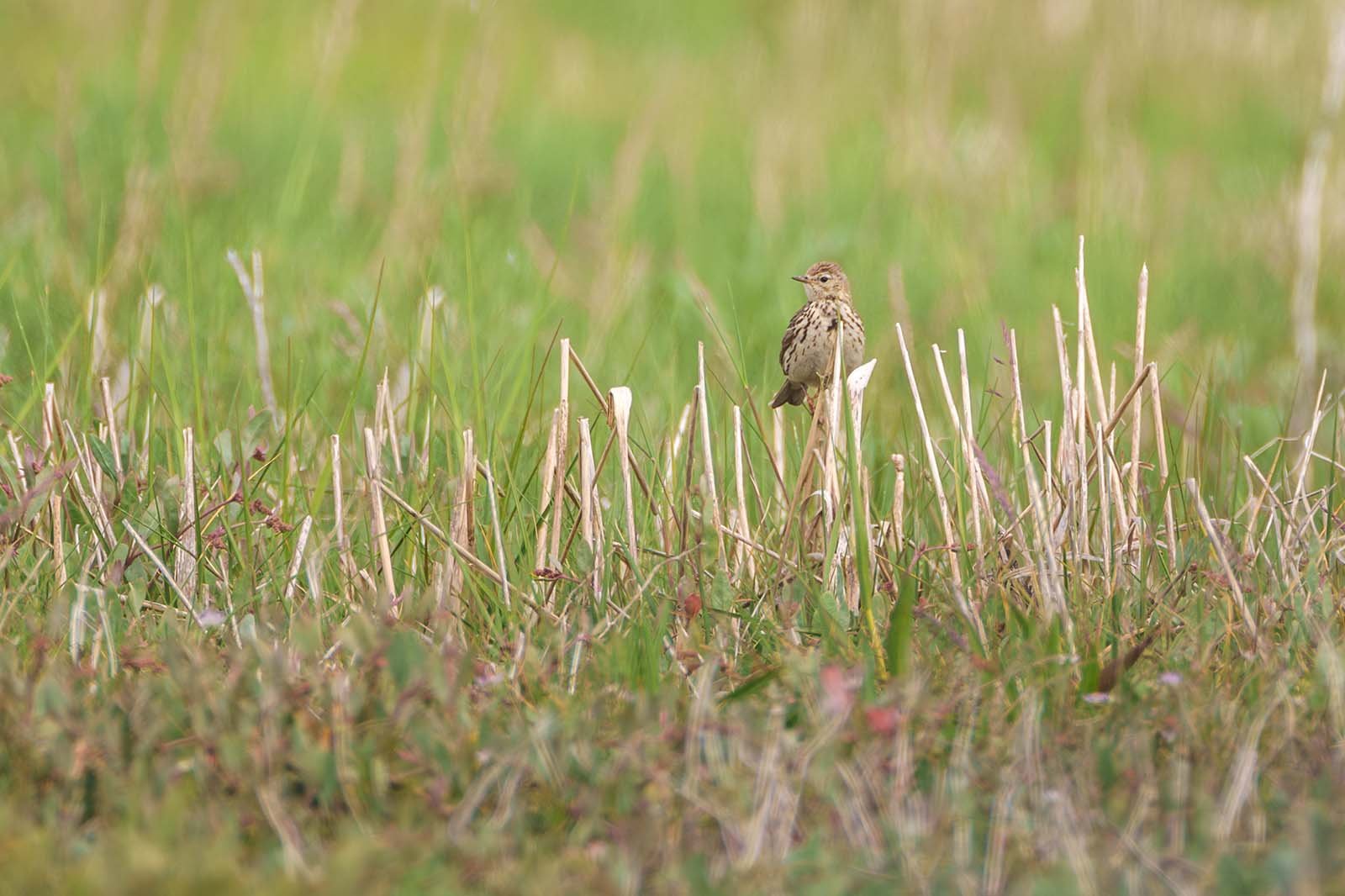Eurasian oystercatcher (Haematopus ostralegus)
Eurasian oystercatcher (Haematopus ostralegus)
Eurasian Oystercatcher – The Distinctive Coastal Bird
The Eurasian oystercatcher (Haematopus ostralegus) is a striking coastal bird with a red bill and contrasting plumage. Learn all about its behavior, habitat, and diet here.
Shortlist
- Size: 39–44 cm (15.3–17.3 in)
- Weight: No specific data
- Plumage: Black and white with sharp contrast
- Bill: Long, red, and straight
- Diet: Shellfish, worms, crustaceans, snails
- Habitat: Coasts, sandy and pebbly shores, large rivers, inland meadows
- Breeding: Nest in shallow depressions, 3–4 eggs, both parents care for chicks
- Call: Loud “keliip” or “kliliep,” courtship trilling
Key Facts
- Scientific name: Haematopus ostralegus
- Family: Oystercatchers (Haematopodidae)
- Distribution: Europe, Asia
- Habitat: Coastal areas, inland riverbanks and meadows
- Diet: Primarily shellfish, also worms and crustaceans
- Breeding season: Spring, nests in shallow ground depressions
- Special feature: Powerful bill used as a tool for feeding
Table of Contents
- Introduction
- Appearance and Characteristics
- Habitat and Distribution
- Diet and Hunting Behavior
- Breeding and Rearing
- Call and Communication
- Notable Behaviors
- FAQ – Frequently Asked Questions
Introduction
The Eurasian oystercatcher is one of the most recognizable coastal birds in Europe. Its black-and-white plumage, bright red bill, and striking red legs make it unmistakable. Despite its name, it does not feed exclusively on oysters but has a varied diet, including other shellfish, worms, and crustaceans.
One of its most fascinating traits is its feeding technique—using its strong bill to skillfully open mussel shells.
Appearance and Characteristics
With a body length of 39 to 44 cm (15.3–17.3 in), the Eurasian oystercatcher is a medium-sized wader. Its distinctive appearance includes:
- Plumage: Black head, back, and wings contrast sharply with a white belly and chest.
- Bill: Long, strong, bright red—perfect for breaking open shellfish.
- Legs: Short, sturdy, and red.
- Eyes: Dark with a thin red eye-ring.
- Flight pattern: A distinct black-and-white wing pattern with a clearly visible white rump.
These features make it easily distinguishable from other wading birds.
Habitat and Distribution
The Eurasian oystercatcher is mainly found along the coasts of Europe and Asia. Preferred habitats include:
- Sandy and pebbly beaches affected by tidal changes
- Mudflats rich in food sources
- Inland riverbanks
- Wet meadows and farmland near the coast
In northern Germany and other parts of Europe, they are also commonly seen near large rivers and meadows, searching for earthworms.
Diet and Hunting Behavior
The Eurasian oystercatcher is a specialized feeder, mainly consuming shellfish and other marine invertebrates. Its preferred food sources include:
- Mussels (e.g., cockles)
- Crustaceans
- Marine worms
- Snails
- Earthworms (inland populations)
Feeding Techniques
With its strong bill, the Eurasian oystercatcher uses two primary methods to open shellfish:
- Leverage method: It inserts its bill between the mussel shells and pries them open.
- Hammering method: For thick-shelled mussels, it repeatedly strikes the shell until it breaks.
Breeding and Rearing
The breeding season begins in spring. Nests are simple shallow scrapes in the ground, often in sand or pebbles.
- Clutch size: 3–4 eggs
- Incubation: Both parents take turns incubating
- Chicks: Precocial (leave the nest shortly after hatching) but rely on parental guidance
Since the nest offers little protection, the chicks rely on camouflage to avoid predators.
Call and Communication
The Eurasian oystercatcher is known for its loud, piercing calls.
- Alarm call: Sharp, shrill “keliip” or “kliliep”
- Courtship song: Trilling sounds, similar to a curlew
- Group communication: Fast, clacking sounds
These calls are often heard from a great distance.
Notable Behaviors
The Eurasian oystercatcher displays several remarkable behaviors:
- Territorial defense: Aggressively defends its breeding site from intruders.
- Long-term pair bonds: Often remains with the same mate for life.
- Tidal feeding rhythm: Adjusts its feeding strategy to the tides.
These behaviors help it survive in dynamic coastal environments.
FAQ – Frequently Asked Questions
How can you identify an Eurasian oystercatcher?
By its distinct black-and-white plumage, long red bill, and red legs.
Does the Eurasian oystercatcher only eat oysters?
No, it also consumes other mussels, worms, crustaceans, and snails.
Where does the Eurasian oystercatcher nest?
In shallow ground depressions on beaches, islands, or riverbanks.
How does it open mussels?
Either by prying them open with its bill or breaking the shell by hammering.
Why is the Eurasian oystercatcher so loud?
Its shrill call is used for territorial defense and communication with other birds.
Conclusion
The Eurasian oystercatcher is a fascinating coastal bird perfectly adapted to its environment. With its powerful bill, it skillfully opens shellfish, its loud calls are unmistakable, and its lifelong pair bonds make it unique among waders. If you're near a coast or large river, you may be lucky enough to spot one of these striking birds in action.





